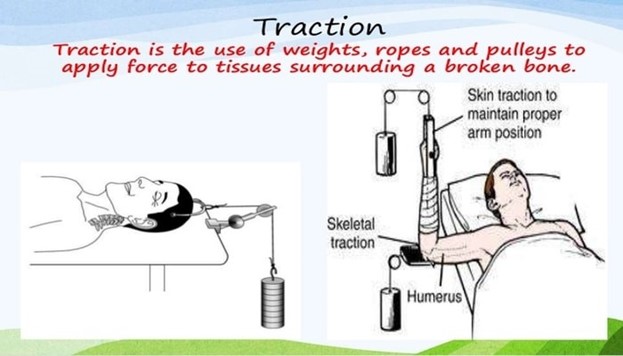A nurse is caring for a client who has depression and states that she is too tired to get out of bed or dress.
Which of the following statements by the nurse is appropriate?
"I will help you sit up and get your slippers on."
"If you do not get out of bed, you will not receive your meal."
"You should rest in bed until you feel able to take part in unit activities."
"You really need to follow the rules of the unit and get out of bed.".
The Correct Answer is A
This statement shows empathy and support for the client.
It also encourages the client to engage in self-care activities and promotes independence.
Choice B is not appropriate because it is a threat and does not show empathy or support for the client.
Choice C is not appropriate because it encourages the client to remain passive and does not promote independence.
Choice D is not appropriate because it is confrontational and does not show empathy or support for the client.
Nursing Test Bank
Naxlex Comprehensive Predictor Exams
Related Questions
Correct Answer is A
Explanation
Skeletal traction is a type of traction that uses pins, wires, or tongs to apply a pulling force directly to the bone.
This can help align and stabilize a fracture while it heals.

Choice B is not the best answer because muscle traction is not a type of traction.
Choice C is not the best answer because joint traction is not a type of traction.
Choice D is not the best answer because skin traction uses adhesive strips or elastic bandages to apply a pulling force to the skin, rather than directly to the bone.
Correct Answer is C
Explanation
Elevating the head of the bed can help to reduce pressure on the cervical spine and promote comfort for the client.
Choice A is not correct because a pelvic girdle is not used with halo traction.
Choice B is not correct because placing the client in a supine position can increase pressure on the cervical spine.
Choice D is not correct because elevating the foot of the bed would not provide any benefit for a client in halo traction.
Whether you are a student looking to ace your exams or a practicing nurse seeking to enhance your expertise , our nursing education contents will empower you with the confidence and competence to make a difference in the lives of patients and become a respected leader in the healthcare field.
Visit Naxlex, invest in your future and unlock endless possibilities with our unparalleled nursing education contents today
Report Wrong Answer on the Current Question
Do you disagree with the answer? If yes, what is your expected answer? Explain.
Kindly be descriptive with the issue you are facing.
